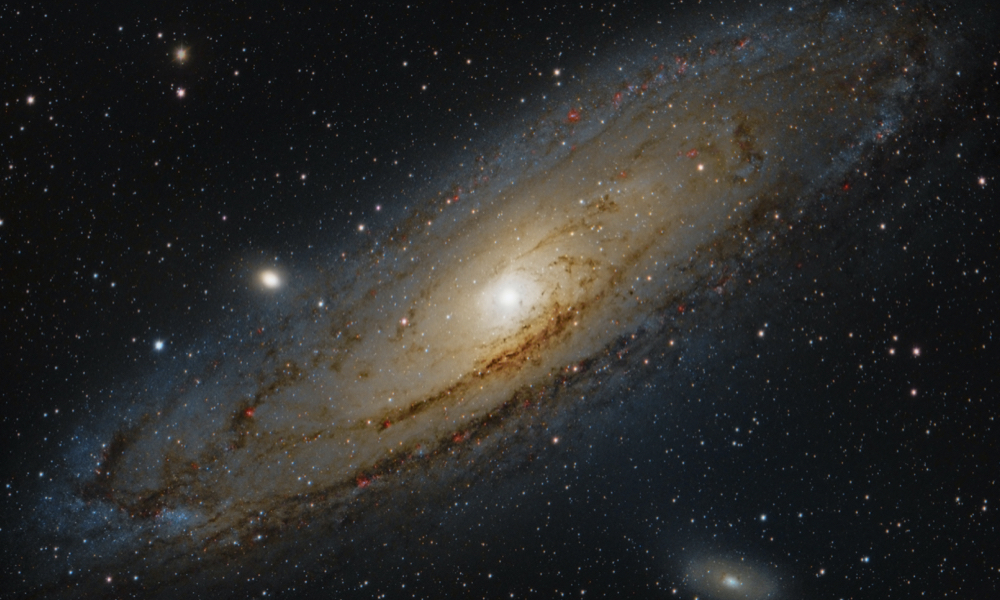RDAGN

PROJECT TITLE: Radio Dichotomy in Active Galactic Nuclei and Black Hole X-ray Binaries — RDAGN
Coordinator: The Institute of Space Science
Partners: –
Period: 19 November 2012 – 30 September 2015
Project director: Ioana Dutan
Project team:
- Dr. Ioana Dutan
- Dr. Valeriu Tudose
- Dr. Cristian Ionescu
- M.Sc. Laurentiu Caramete
- Dorin Rusu (undergraduate student)
Description: RDAGN is a research program consisting of data analysis and theoretical investigation of the radio dichotomy in active galactic nuclei (AGN) and black hole X-ray binaries (BHXRBs).
Project objectives:
- to provide a focus for the increased use of numerical simulations in enhancing space data analysis for the XMM-Newton mission of ESA, but also for international missions such as Chandra
- to take forward the state-of-the-art advanced research in AGN and BHXRBs, so that new models are developed and exploited allowing the synergies between data analysis and theoretical modeling to emerge
- to improve our knowledge and understanding of the fundamental processes taking place in AGN and BHXRBs such as accretion flow and jet formation, which have relevance for other astrophysical environments
- to disseminate research results in the form of presentations and publications for the advancement of knowledge
Activities:
- WP1: Management
- WP2: Documentation
- WP3: Dissemination
- WP4: Updated Sikora sample
- WP5: AGN selected X-ray sample
- WP6: BHXRB selected X-ray sample
- WP7: Investigation of dichotomy in AGN and BHXRBs using observational data
- WP8: Estimation of the black hole spin using a new method
- WP9: Analysis of the results
- WP10: Comparison between AGN and BHXRBs dichotomy
Contributions to the STAR programme objectives:
- The project will contribute to the development of a new area of research in astrophysics and it will attract scientists from other national and international research communities, as well as students who want to pursue a scientific career in astrophysics.
- The Institute of Space Science will increase its scientific visibility which in turn will increase the probability of acquiring research grants and participating in ESA programmes.
- The project will harness the recently acquired data of the ESA XMM-Newton satellite and use the xspec software designed also for this data. One of the purposes of the XMM-Newton space observatory is to probe the environment of supermassive black holes that lie at the heart of the AGNs which this project aims to investigate.
Homepage:
